Woman Buys an Old Brooch for $25, Little Did She Know it Was Worth $19,000
In the world of antiques, treasures often lie concealed in plain sight. Every so often, items purchased at thrift stores, found in attics, and purchased in obscure auctions turn out to be worth small fortunes.
Such is the case of Flora Steel’s happenstance purchase of a $25 brooch 30 years ago. Before we explore her amazing story, however, let’s review a few remarkable causes of treasures that were hiding in plain view.
Vase from Goodwill Worth $50,000 to $100,000
A fortunate visitor to “Antiques Roadshow” uncovered the surprising value of a thrift store vase purchased for $4.99 at a Goodwill store in Indiana.

Antiques Roadshow
Identified as a remarkable piece of Overbeck Pottery, the vase, marked with the signature OBK, was estimated by pottery expert David Rago to be worth $50,000 to $100,000 at auction.
Copy of the Declaration of Independence Found in a Desk
In a remarkable discovery, a descendant of colonial settlers from eastern Long Island found an authenticated copy of the Declaration of Independence in a desk at home.
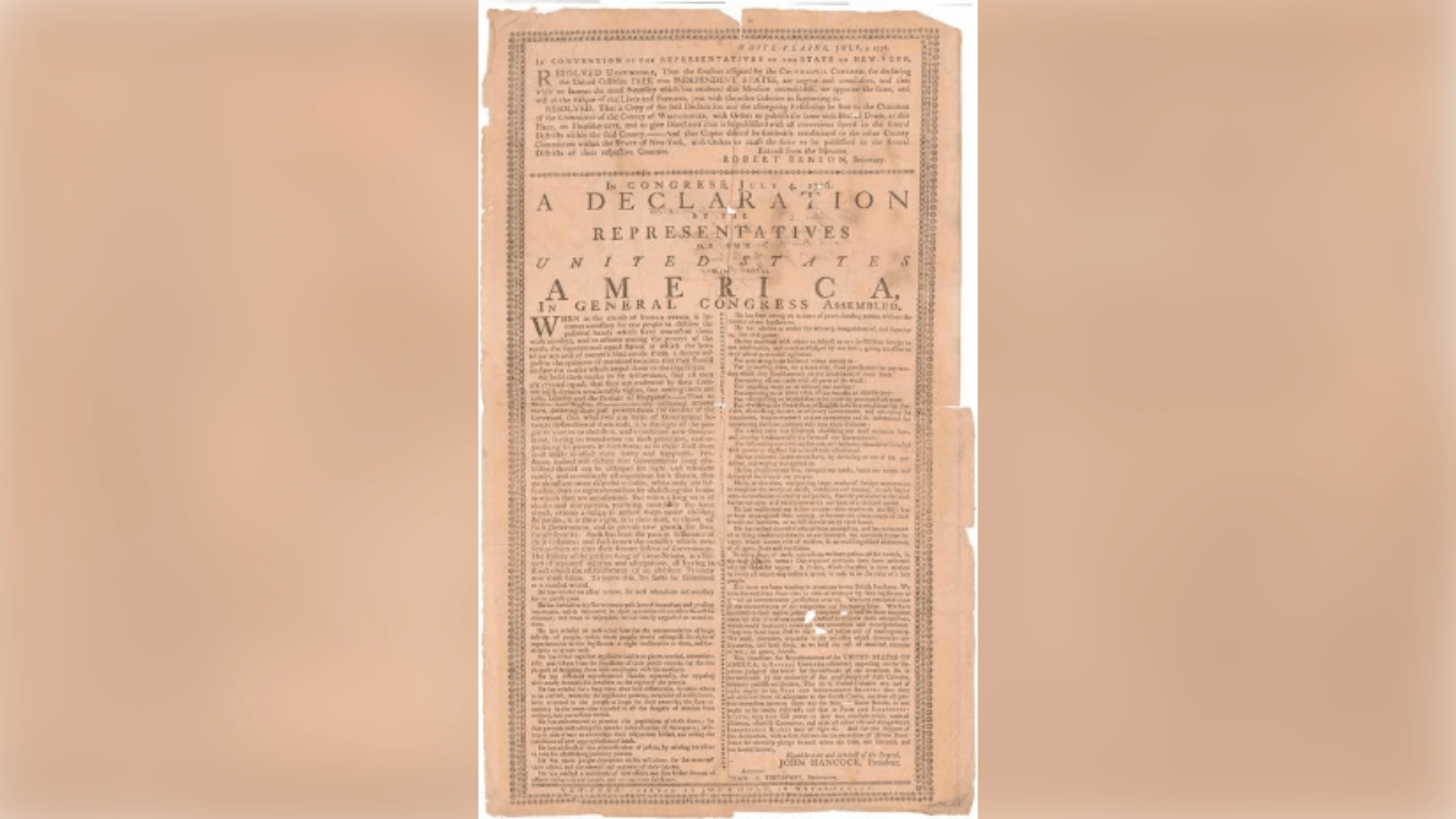
Blanchard’s Auction Service
Known as a Holt Broadside, published on July 9, 1776, in Manhattan by John Holt, this rare document was one of only a few remaining copies. It was eventually sold at Blanchard’s Auction Service in Potsdam, New York, for $1.8 million in November 2017.
Neil Armstrong’s Moon Dust
A bag used by Neil Armstrong to collect moon dust during the 1969 lunar landing turned out to be a lucrative purchase at a government-seized asset auction.
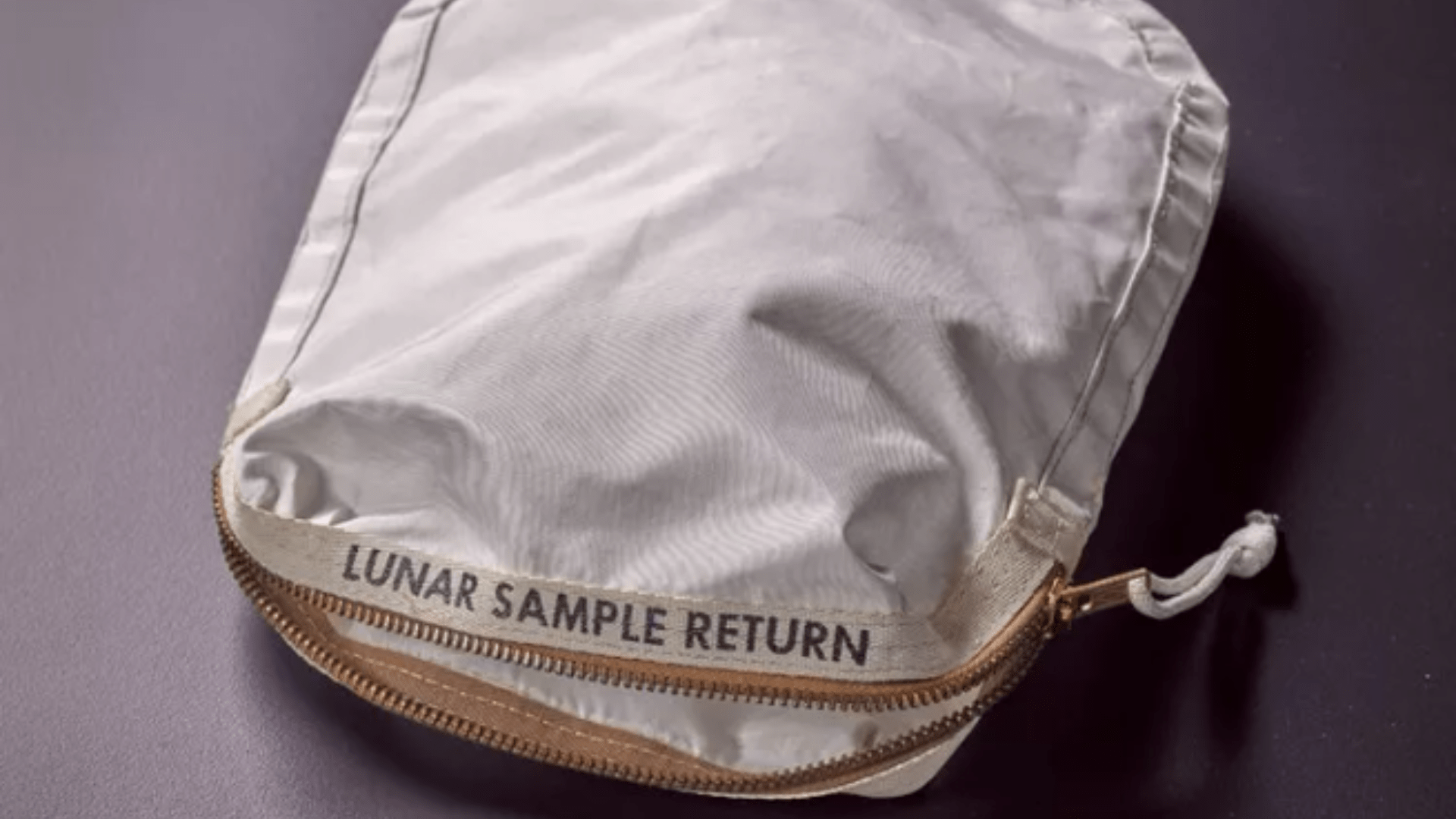
Sotheby’s
Authenticated by NASA, Nancy Carlson had the bag auctioned by Sotheby’s for over $1.8 million. She had initially invested $955. Despite legal challenges to retrieve the bag from NASA after authentication, Carlson’s return on investment proved to be astronomical.
Floral Steel Buys a $25 Brooch in Central England
Flora Steel’s unsuspecting purchase at an antique fair three decades ago has unveiled a captivating narrative.

National Portrait Gallery/Wikimedia Commons
Little did she know that the modest $25 brooch she acquired in central England would turn out to be a creation by none other than the acclaimed designer William Burges, now valued at an astonishing $19,000.
Old Antiques Roadshow Clip Gives Astonishing Revelation
The serendipitous revelation unfolded as Steel, a seasoned art history enthusiast, stumbled upon a 2011 clip from “Antiques Roadshow” while perusing YouTube last March.
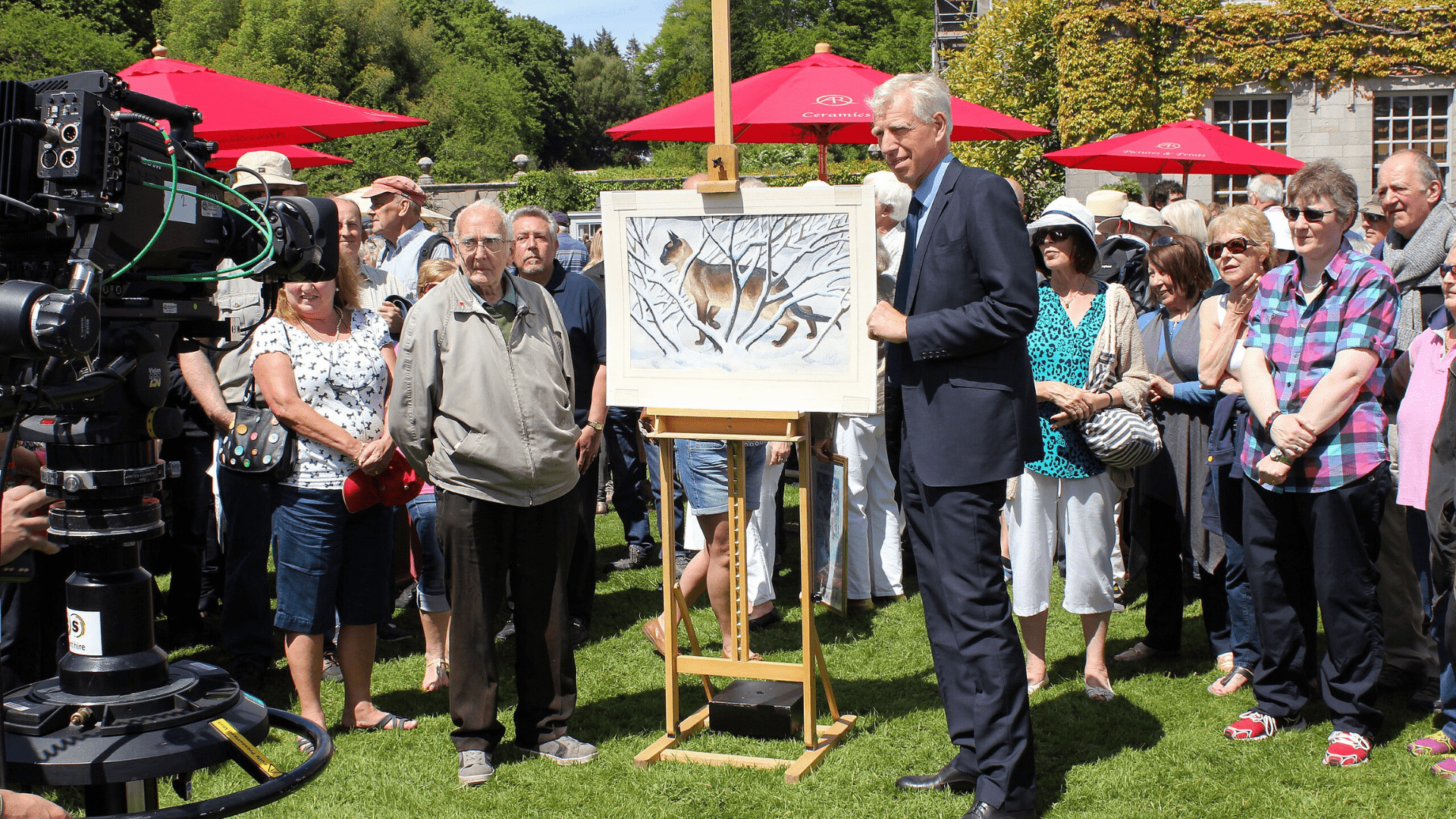
Jeff Buck/Wikimedia Commons
Watching in awe as a jewelry specialist showcased rare items by William Burges, Steel was struck with the realization that her decades-old brooch bore a striking resemblance to those on display. A subsequent appraisal valued her once-overlooked acquisition at a staggering $19,000, sparking a whirlwind of emotions for Steel.
Steel Wore the Brooch for Years Without Knowing Its Value
The brooch’s origin story traces back over three decades when Steel, with an art historian’s discerning eye, first encountered it at an antique fair.
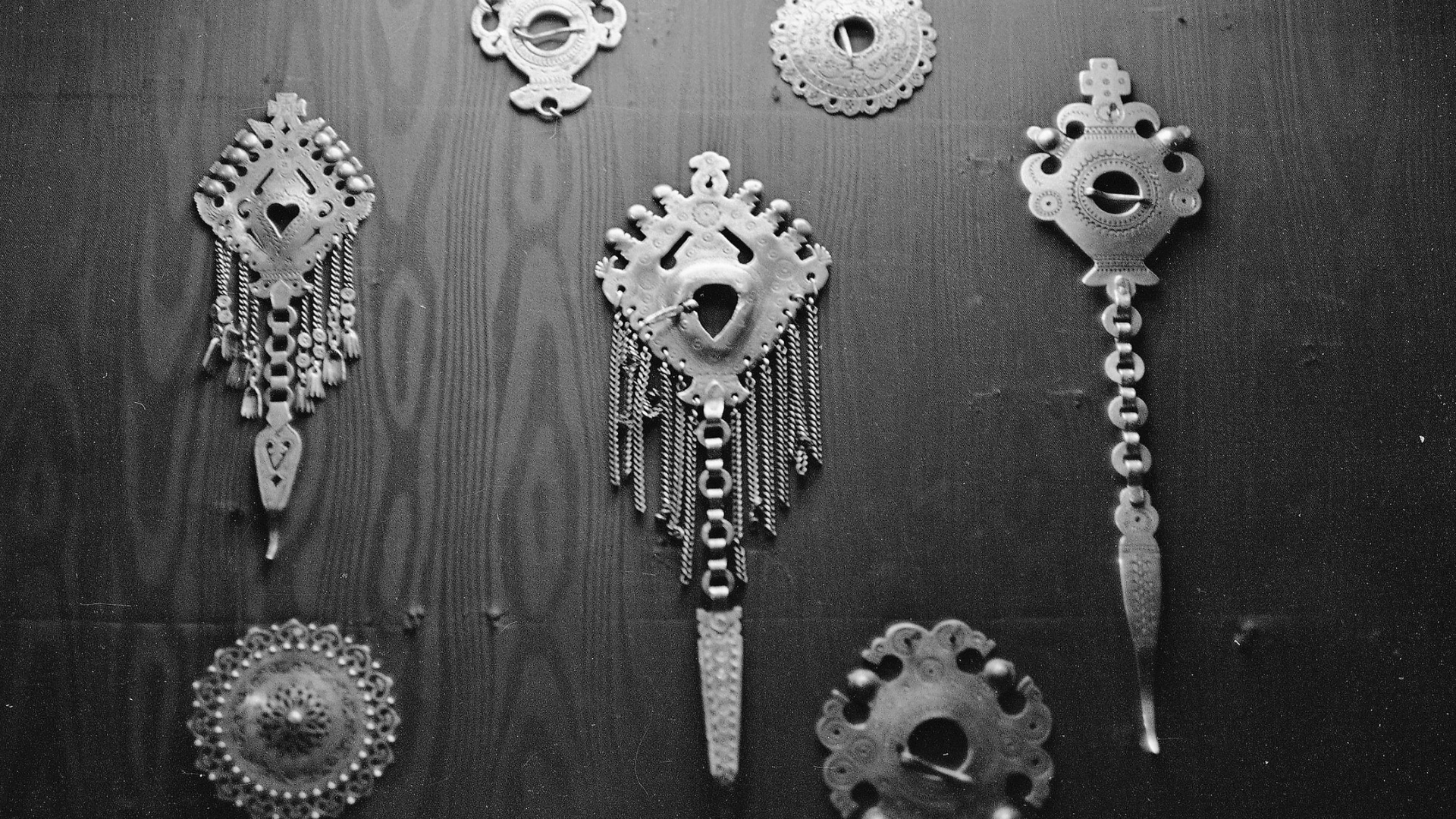
Panstwowe Muzeum Etnograficzne/Wikimedia Commons
Drawn to its strong design, peculiar lettering, and unusual stones, Steel was captivated. Her innate appreciation for color and beauty led her to believe that this unique piece would one day reveal the identity of its designer. However, the mystery persisted for years as Steel wore the brooch on her lapel, with its designer remaining unknown.
Brooch Turns Out to be Designed by William Burges
Decades later, the brooch found its way to the spotlight when Steel’s daughter-in-law rediscovered it in her closet.
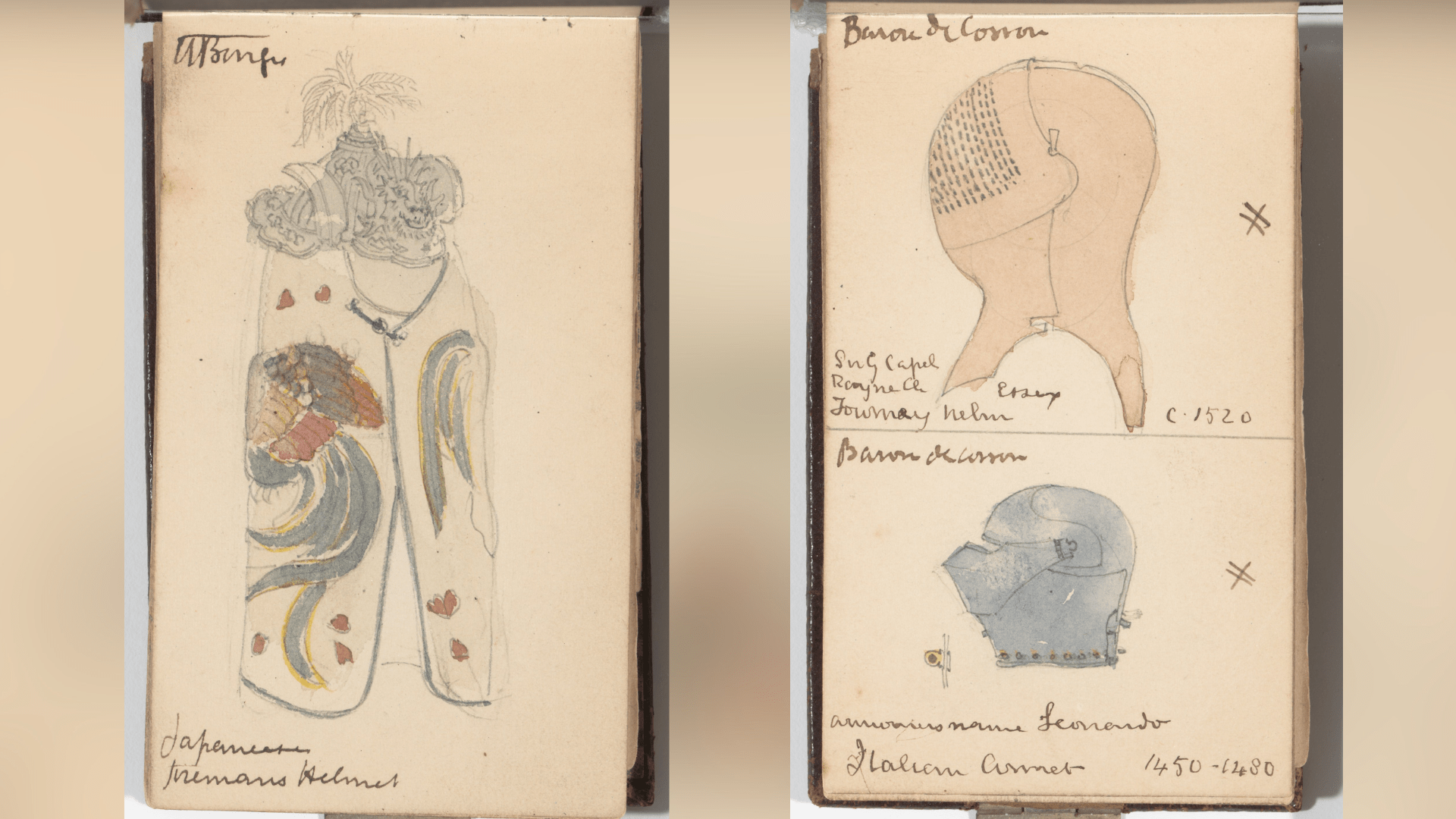
MET/Wikimedia Commons
Prompted by the uncanny resemblance to those featured on “Antiques Roadshow,” Steel embarked on a journey to bring the brooch’s origins and value to light. A chance sighting of jewelry specialist Geoffrey Munn showcasing Burges’ sketches on the show provided the missing link, confirming that Steel’s brooch was indeed a Burges creation.
Auctioneers Appraise the Brooch at $19,000
Gildings Auctioneers, recognizing the significance of this rare find, appraised the brooch at $19,000.
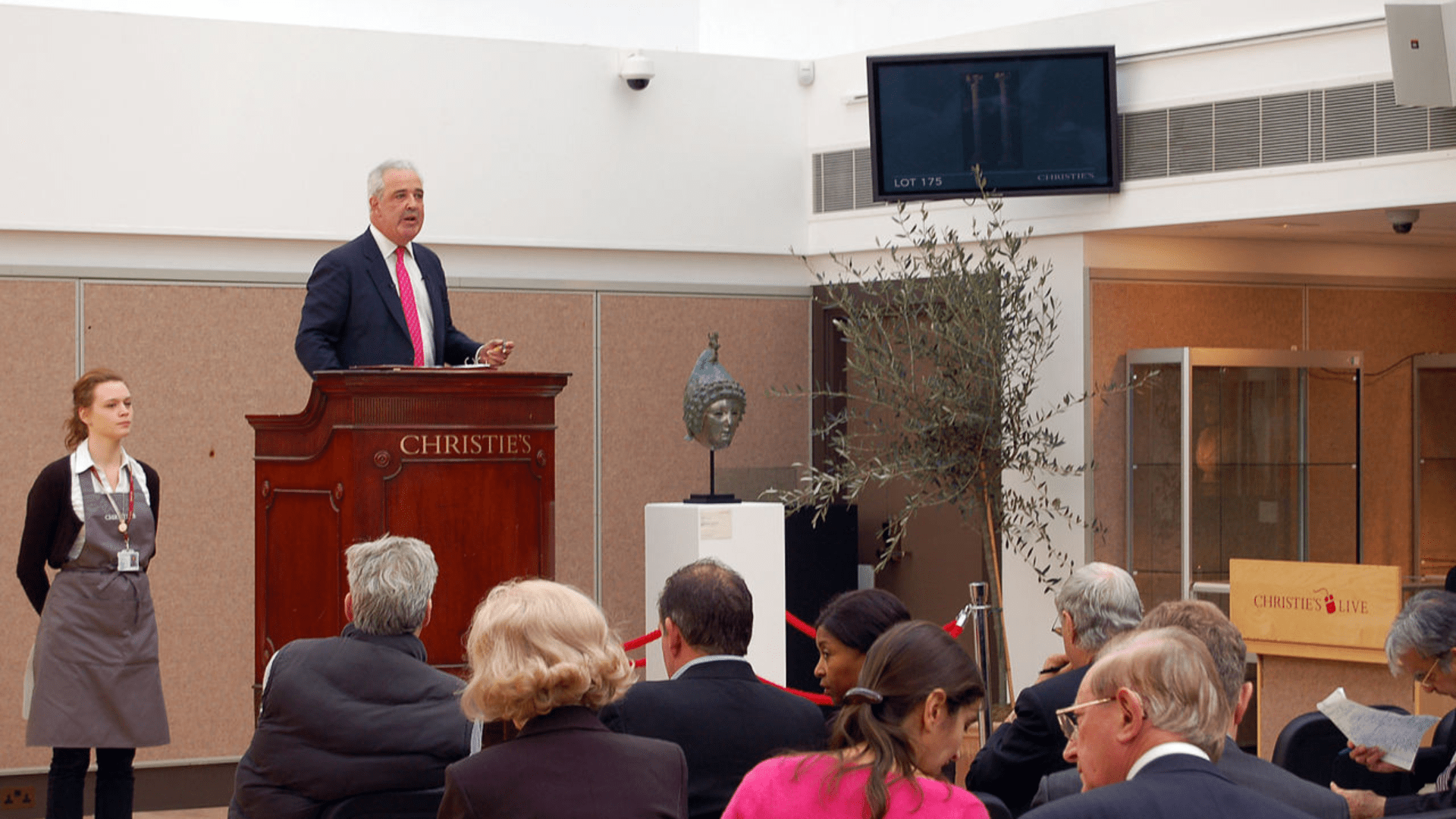
Portable Antiquities Scheme/Wikimedia Commons
What makes this discovery even more exceptional is the fact that two other Burges brooches had previously surfaced through “Antiques Roadshow,” emphasizing the show’s knack for unearthing hidden gems.
Brooch is a Piece of Victorian Gothic Wedding Jewelry
The brooch, slated for auction in the spring, has become a symbol not just of artistic excellence but also of personal triumph for Flora Steel.
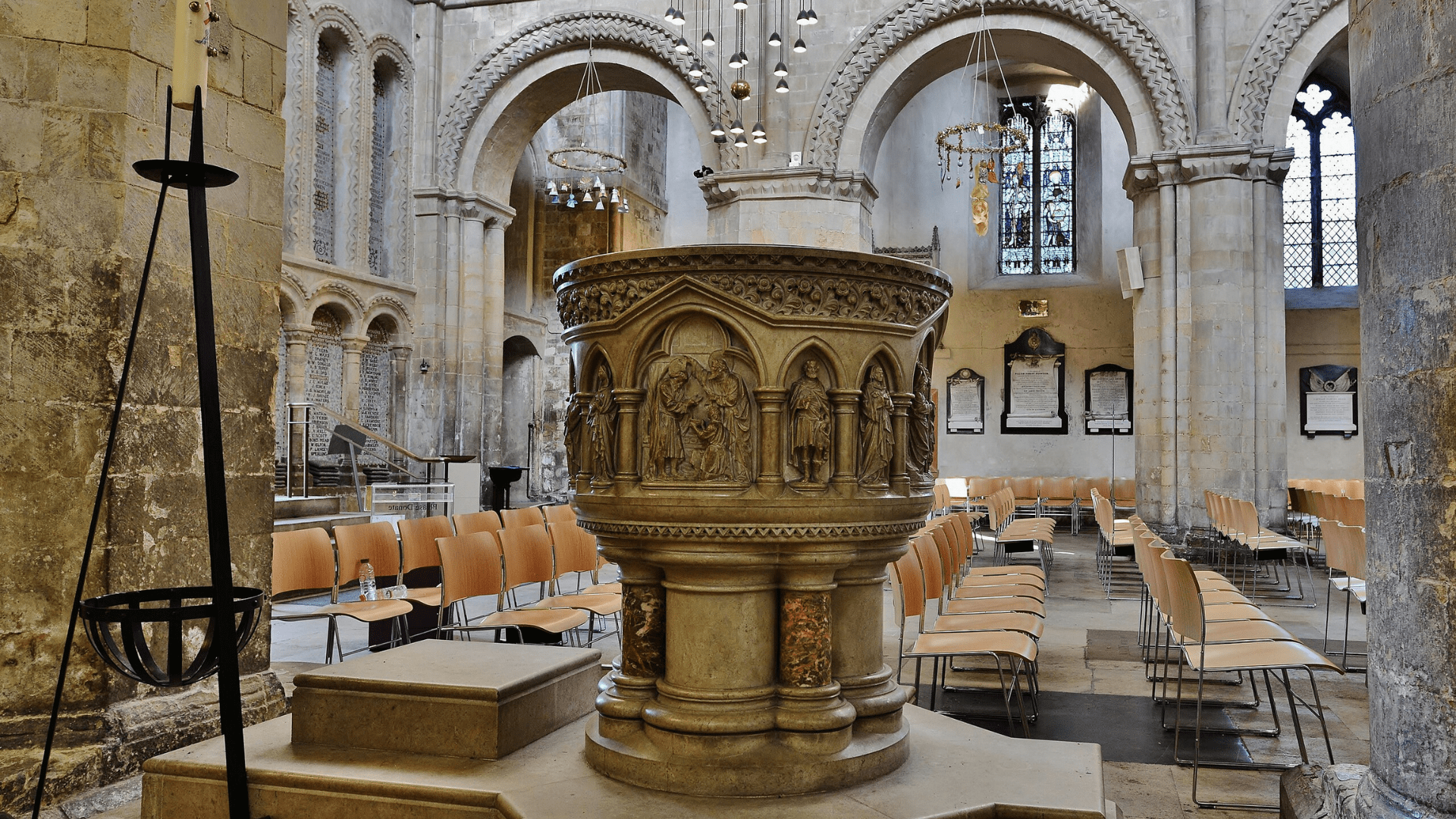
Michael Garlick/Wikimedia Commons
William Burges, known for his Victorian Gothic Revival style, likely designed the brooch around 1860, intended to be worn during weddings. Steel’s brooch was crafted for one wedding, while the two others discovered via the same show were meant for a different ceremony.
Burges was an Exceptional Architect and Craftsman
Burges’ legacy extends beyond jewelry; he is renowned for his architectural masterpieces, including Wales’ Cardiff Castle and Castell Coch.
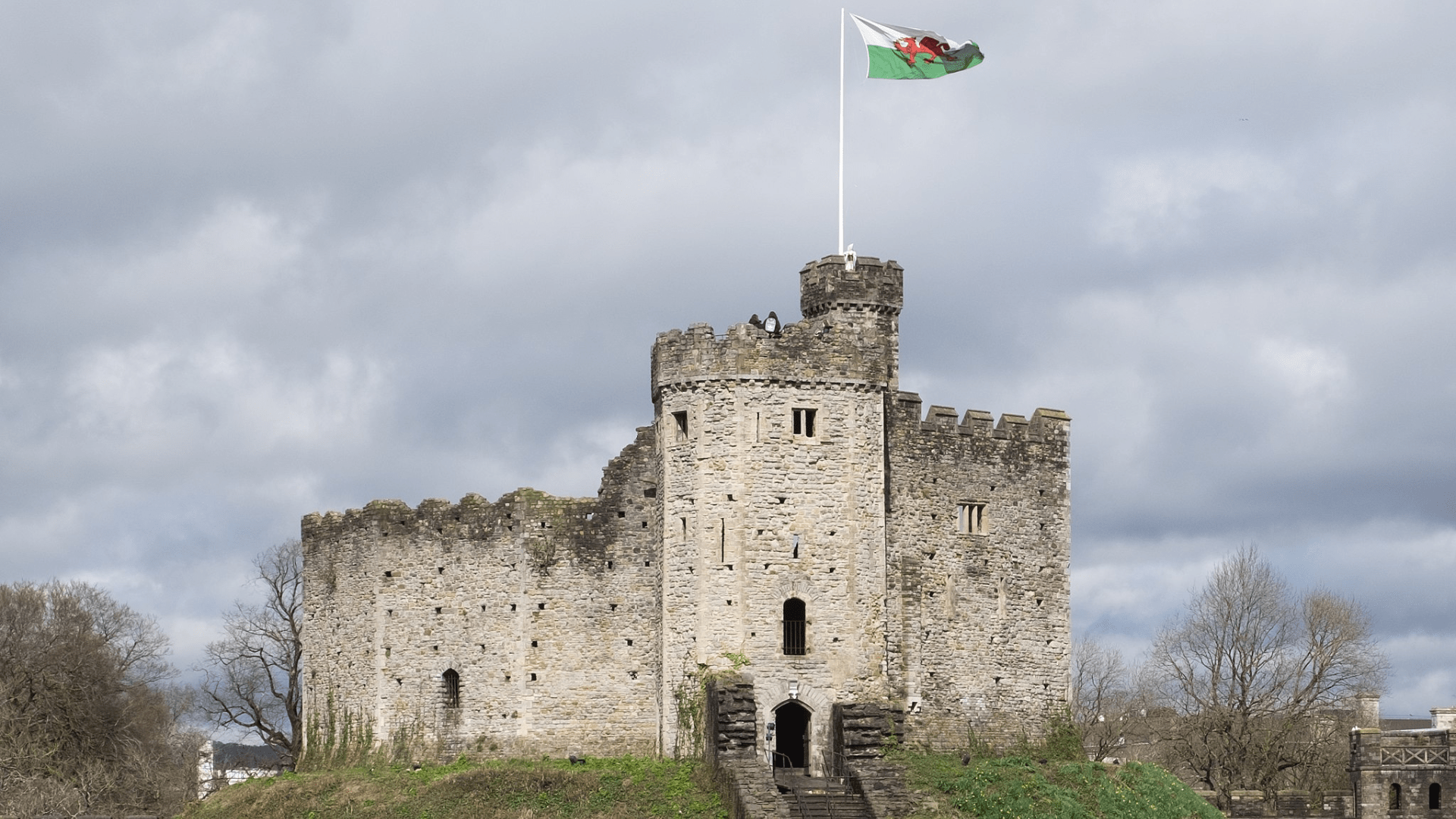
DeFacto/Wikimedia Commons
His foray into smaller items, such as jewelry and utensils featuring Japanese, Romanesque, and medieval motifs, adds a layer of complexity and artistry to Steel’s brooch.
Steel is Using the Profits to Help Son’s Family and Cancer Research
For Flora Steel, the brooch transcends its monetary value; it holds profound personal significance.

Angiola Harry/Unsplash
Battling breast cancer over the past two years, Steel found solace and inspiration in the discovery that her cherished possession was crafted by Burges. Now cancer-free, she plans to allocate the proceeds from the brooch’s sale to her son and daughter-in-law, supporting their growing family, and contributing to breast cancer research.
